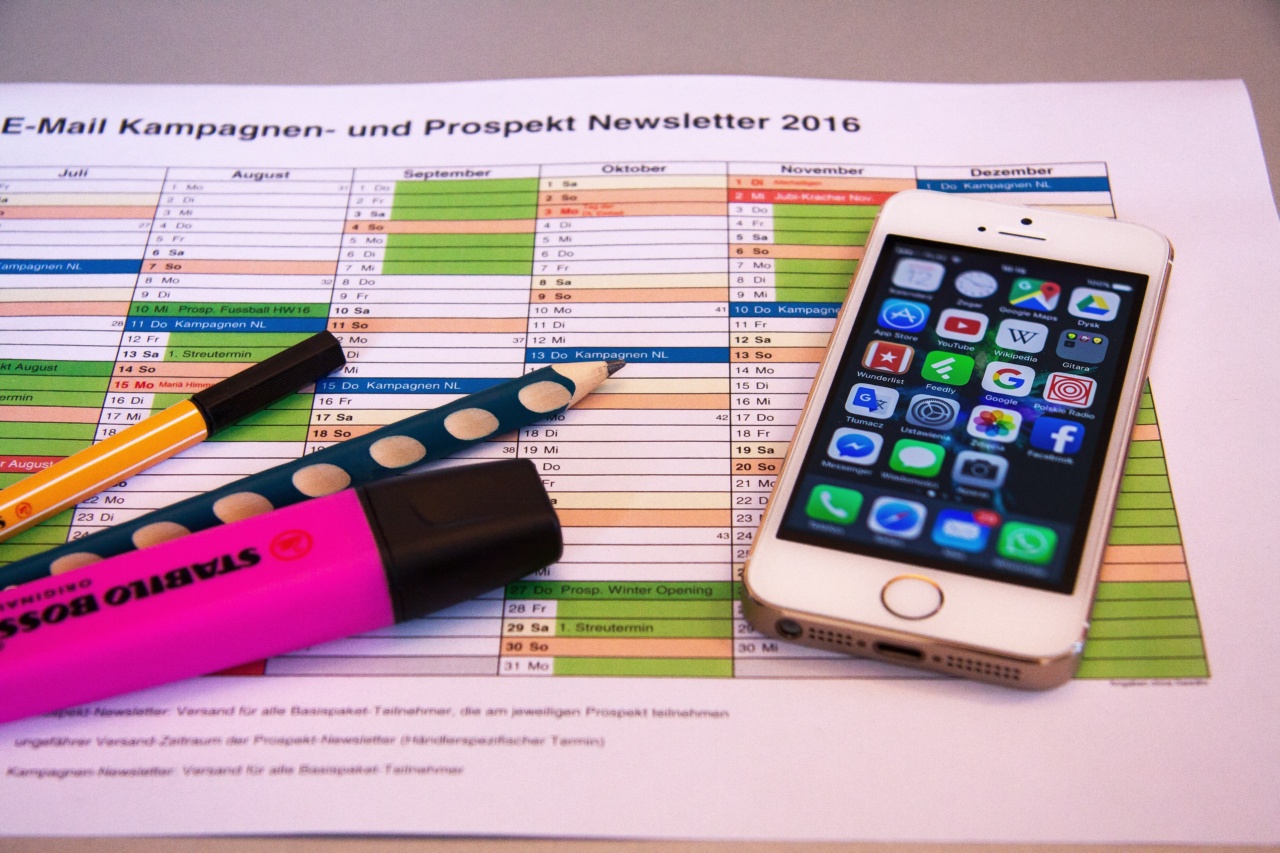Partial urine incontinence is a condition where you experience involuntary leakage of urine. It can happen when you cough, sneeze, laugh, or even just move. It can also occur during activities such as lifting heavy objects or exercise.
It can be embarrassing and affect your quality of life. Fortunately, there are many ways to control partial urine incontinence and improve your overall health and wellbeing. Here are 10 tips to help you manage and control your symptoms.
1. Strengthen Your Pelvic Muscles
One of the most effective ways to control partial urine incontinence is by strengthening your pelvic muscles through exercise. Pelvic muscle exercises, also known as Kegels, can help you control your bladder and prevent leakage.
To do Kegels, you need to squeeze your pelvic muscles, hold for a few seconds, and then release. You can repeat this several times a day.
2. Watch Your Fluid Intake
Reducing your fluid intake can help you control partial urine incontinence. You should avoid drinking large amounts of fluids in a short period of time, especially before bed.
It is recommended that you drink six to eight glasses of water a day to stay hydrated, but avoid drinking too much in one sitting.
3. Avoid Caffeine and Alcohol
Caffeine and alcohol can irritate your bladder and worsen partial urine incontinence symptoms. If you are experiencing symptoms, it is best to avoid caffeine and alcohol. If you can’t resist your cravings, limit your intake to small amounts.
4. Maintain a Healthy Weight
Carrying extra weight puts pressure on your bladder and increases your risk of developing partial urine incontinence. Losing weight may improve your symptoms and help you better control your bladder.
Eating a healthy diet and exercising regularly can help you maintain a healthy weight.
5. Quit Smoking
Smoking can irritate your bladder and cause coughing, which can worsen partial urine incontinence symptoms. If you smoke, quitting can improve your overall health and help you better manage your symptoms.
6. Use Incontinence Products
There are many products available to help you manage partial urine incontinence, such as pads, liners, and briefs. These products can provide you with comfort and protection, and help you feel more confident when out in public.
Make sure to change your products regularly to prevent infection and odor.
7. Practice Timed Voiding
Timed voiding is a practice where you schedule bathroom breaks at regular intervals throughout the day. This can help you control your bladder and prevent leakage.
You can start with going to the bathroom every hour and gradually increase the time intervals as you gain more control over your bladder.
8. Seek Medical Help
If your partial urine incontinence symptoms are severe or affecting your quality of life, it is best to seek medical help. Your doctor can diagnose the underlying cause of your symptoms and recommend treatment options such as medication or surgery.
9. Reduce Stress
Stress can worsen partial urine incontinence symptoms. To reduce stress, practice relaxation techniques such as deep breathing, meditation, and yoga. You can also try speaking with a therapist or counselor to help manage stress and anxiety.
10. Wear Comfortable Clothing
Wearing tight clothing can put pressure on your bladder and worsen partial urine incontinence symptoms. It’s important to wear loose and comfortable clothing that doesn’t restrict your movement.
Opt for breathable fabrics such as cotton and avoid synthetic materials that can irritate your skin.





























